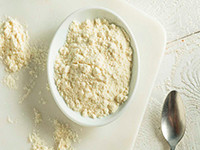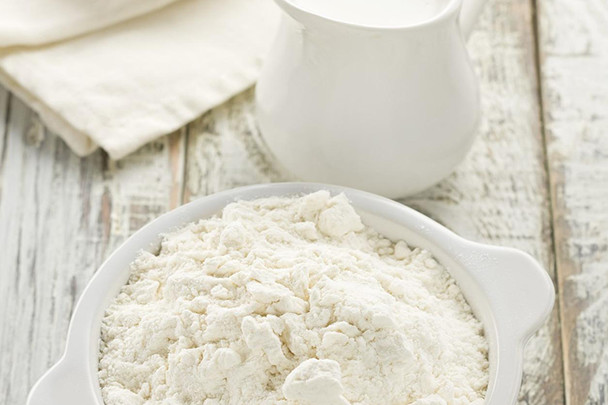Milk is a complex biological fluid consisting of fats, proteins, minerals, vitamins, enzymes, lactose and water. Not only is milk a highly nutritious food, it is also a functional ingredient. However, sometimes it is difficult to transport, store or even formulate with milk in its fluid form. Therefore, processors employ technologies to remove the majority of water from fluid milk, which results in milk powder. The most common milk powders are skimmed milk powder, whole milk powder and buttermilk powder.
Cow’s milk powder is recognized as an excellent source of high quality protein. Protein accounts for about 36% and 26% of the total solids in nonfat dry milk and dry whole milk powder, respectively. Cow’s milk protein is a heterogeneous mixture of proteins. Of the total milk protein, about 80% is casein and 20% is whey protein. Casein consists of α-s1 casein, α-s2 casein, β-casein, κ-casein and casein fractions. Whey proteins, which remain soluble after precipitation of casein, consist primarily of β-lactoglobulin and α-lactalbumin. Other whey proteins present are serum albumin, immunoglobulin and lactoferrin.



























